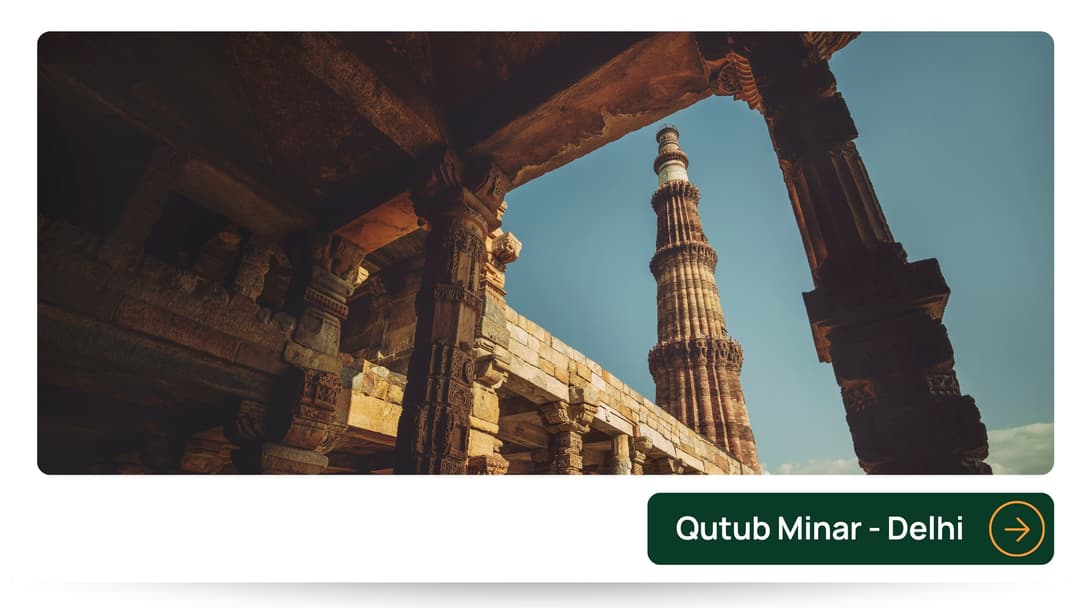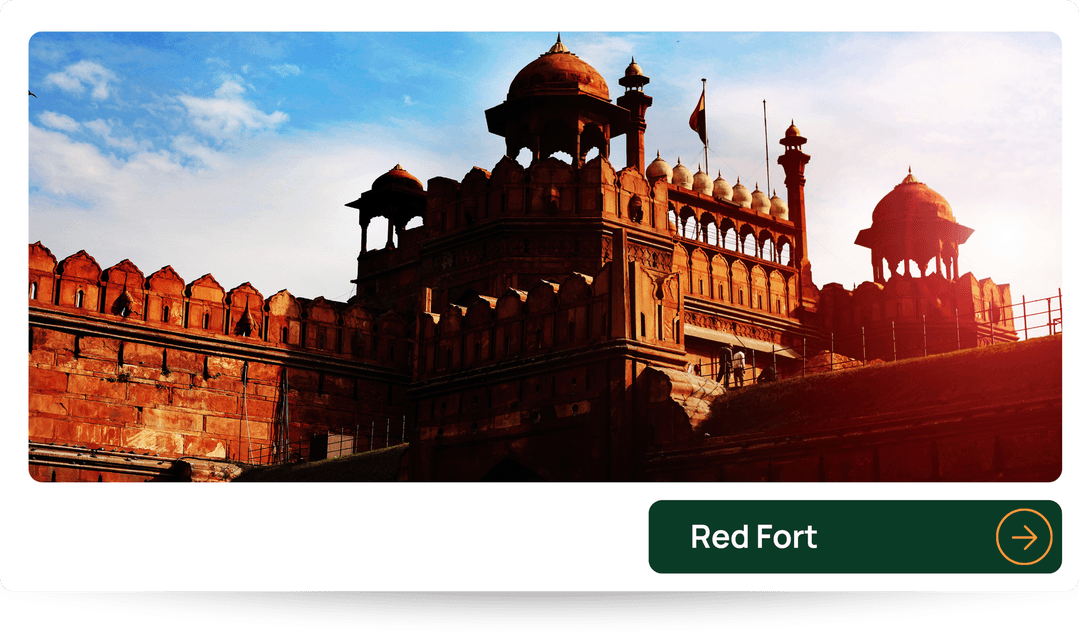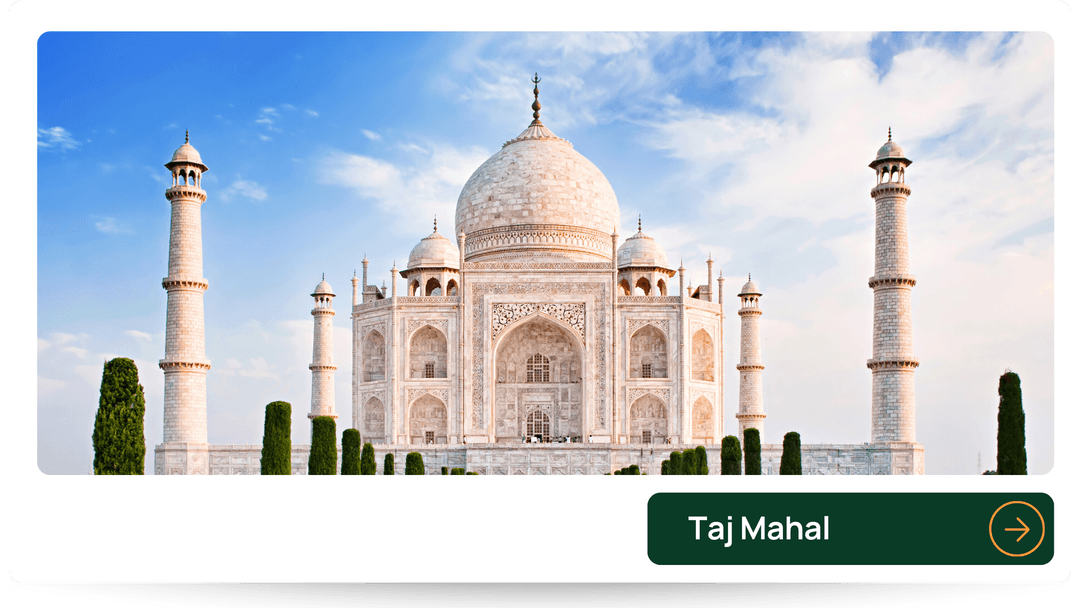Gracefully situated on the right bank of the Yamuna River in Agra, India, the Taj Mahal is not merely a mausoleum but an immortal love story inscribed in white marble. This magnificent monument has long been regarded as a symbol of eternal devotion, artistic brilliance, and cultural splendor, earning its recognition as a UNESCO World Heritage Site in 1983.
The Taj Mahal was commissioned in 1632 by Emperor Shah Jahan in memory of his beloved wife, Mumtaz Mahal, who passed away while giving birth to their fourteenth child. Overwhelmed by grief, the emperor envisioned a masterpiece that would not only serve as her eternal resting place but also as an everlasting testament to their love. Legend has it that Shah Jahan once planned to build a black marble Taj Mahal on the opposite bank of the Yamuna for himself, but the dream never came true.
Image: The Taj Mahal, like a white blossom against the deep blue sky. Source: Pexel
Architectural Splendor and Mesmerizing Beauty
The Taj Mahal is the jewel of Indo-Islamic architecture, constructed with perfect symmetry on a rectangular platform. At its heart lies the grand mausoleum crowned by the iconic onion-shaped dome, flanked at each corner by four slender minarets. The construction of this masterpiece involved more than 20,000 artisans, architects, and craftsmen from across the world, working tirelessly for 22 years.
Image: Taj Mahal at sunset. Source: Google licensed
One of its most enchanting features is the magical transformation of its white marble façade under different lights. At dawn, it glows with a delicate pink hue; by midday, it turns pristine white; at sunset, it shimmers in warm golden tones; and under moonlight, it radiates a mystical silvery glow. Each moment reveals a different face of the monument, captivating all who behold it.
Gemstone Inlay Art and the Charbagh Garden
The pietra dura (gemstone inlay) work that adorns the marble walls of the Taj Mahal is a masterpiece of meticulous craftsmanship. Millions of semi-precious stones—agate, jade, jasper, and ruby—were inlaid to form intricate floral and vine motifs. Black marble inscriptions of Quranic verses on the white façade further enhance its spiritual and artistic aura.
Image: Intricate pietra dura work on the walls of the Taj Mahal. Source: India-Immi.org
Surrounding the mausoleum is the lush Charbagh garden, designed in four quadrants symbolizing paradise in Islamic culture.
Image: Visitors strolling through the Charbagh gardens. Source: Andrey.
The garden is divided into four equal parts by two intersecting pathways, with reflecting pools that mirror the grandeur of the mausoleum. This harmonious layout evokes the vision of paradise, with four rivers flowing through as described in the Qur’an.
Image: Exquisite carvings at the Taj Mahal. Source: Unplash
The Taj Mahal stands as a living testament to cultural confluence, blending Islamic and Hindu architectural traditions in perfect harmony. Every detail is infused with precision and passion, echoing Shah Jahan’s profound love for his late wife. For this reason, the Taj Mahal is not merely a historical monument but a timeless symbol of love, a masterpiece of architecture that continues to inspire awe among millions across the globe.
✦ Visitor’s Tip – Experiencing the Taj Mahal: Practical guidance on travel routes and ticket booking.
Need help with your Indian eVisa in 24 hours?
If you need expert assistance to review your documents and ensure accurate information when applying for an Indian eVisa, contact India-Immi.org. Our professional team will support you from preparation until you set foot in India.











